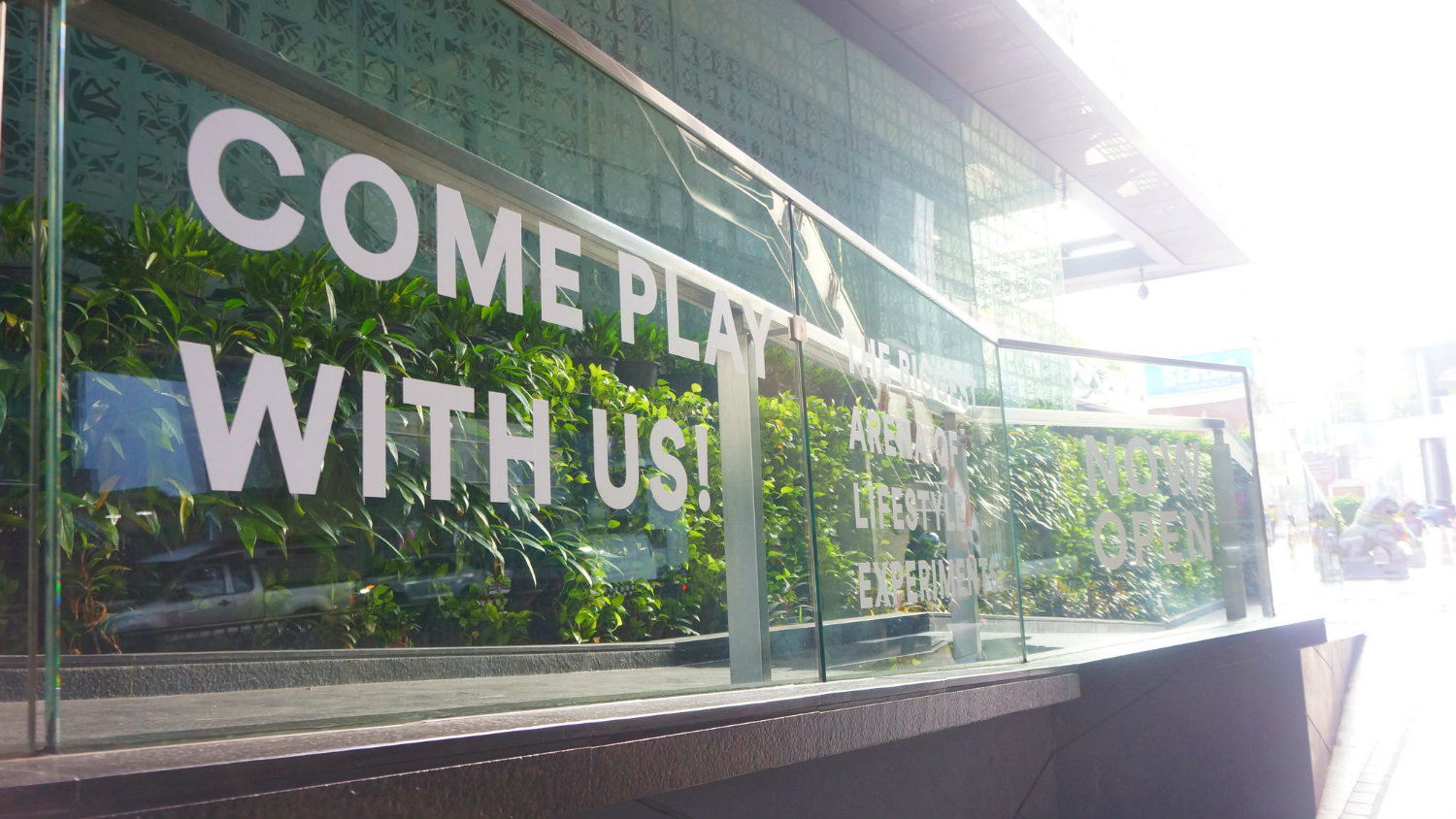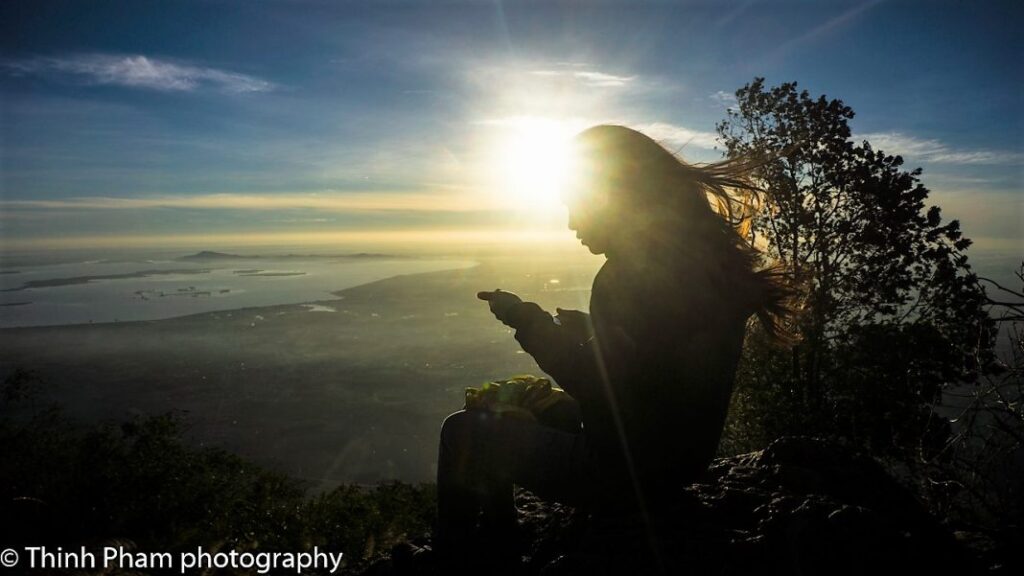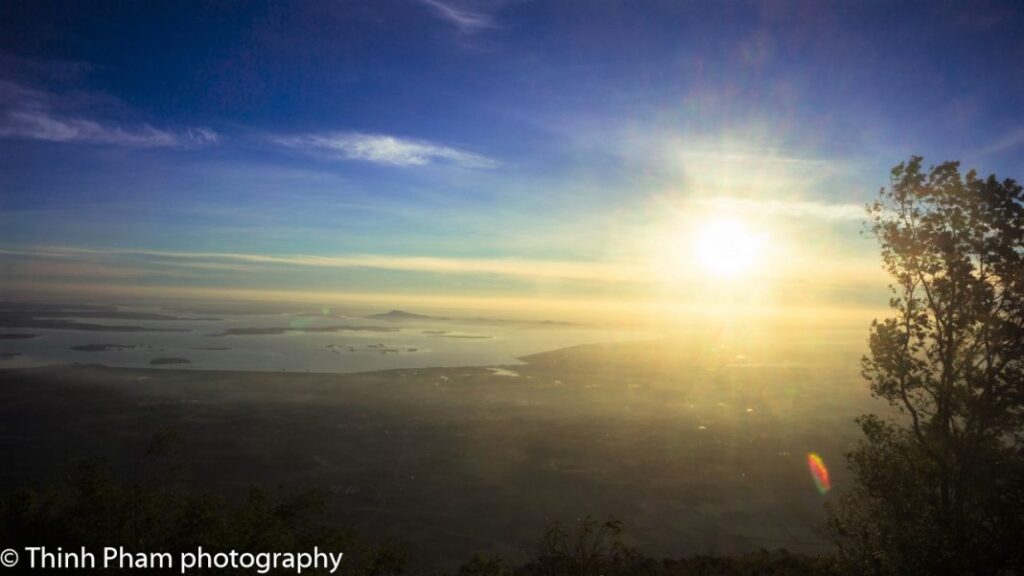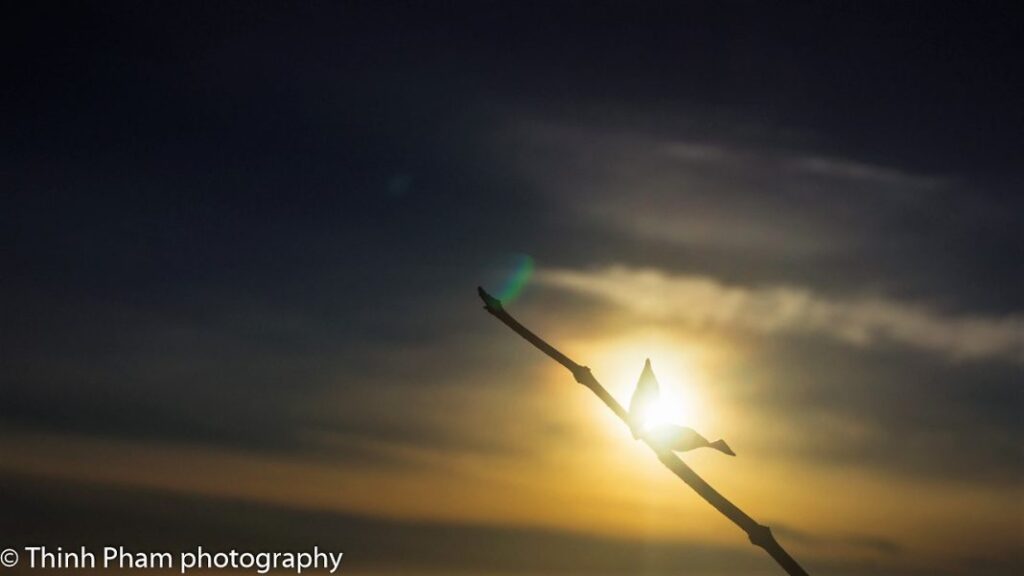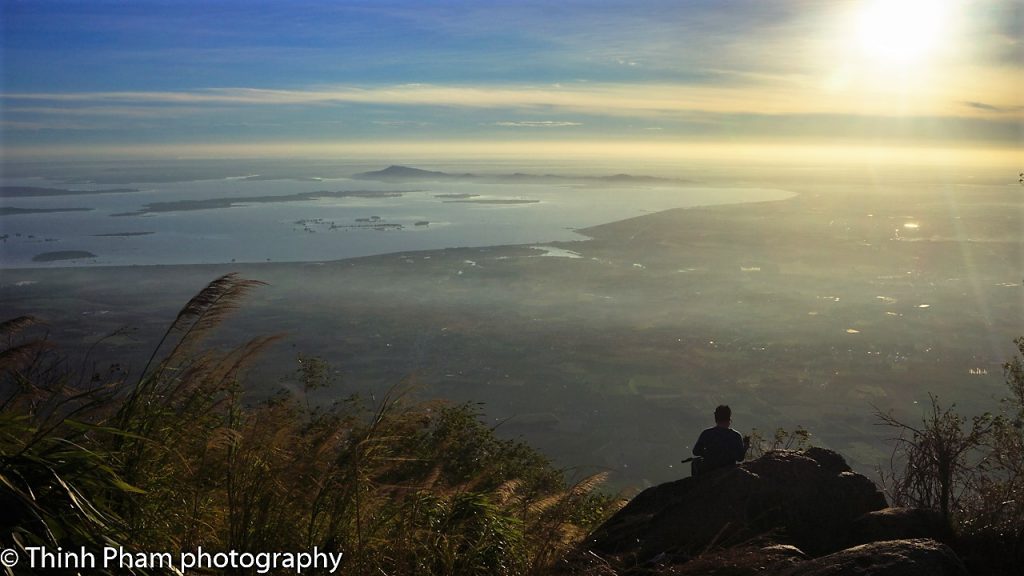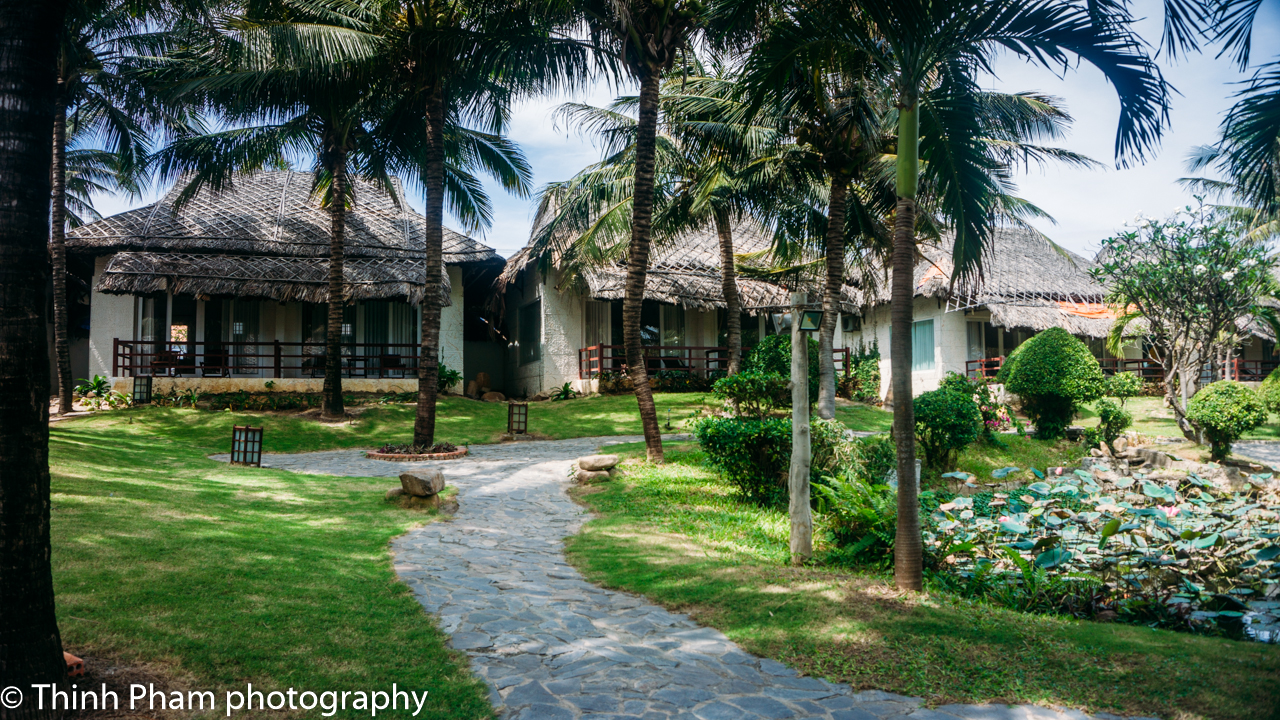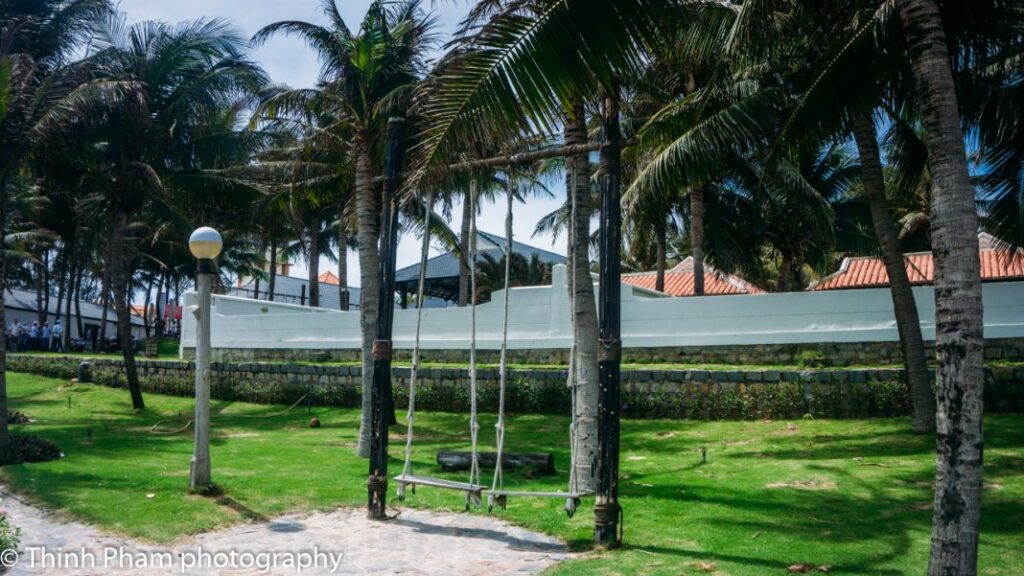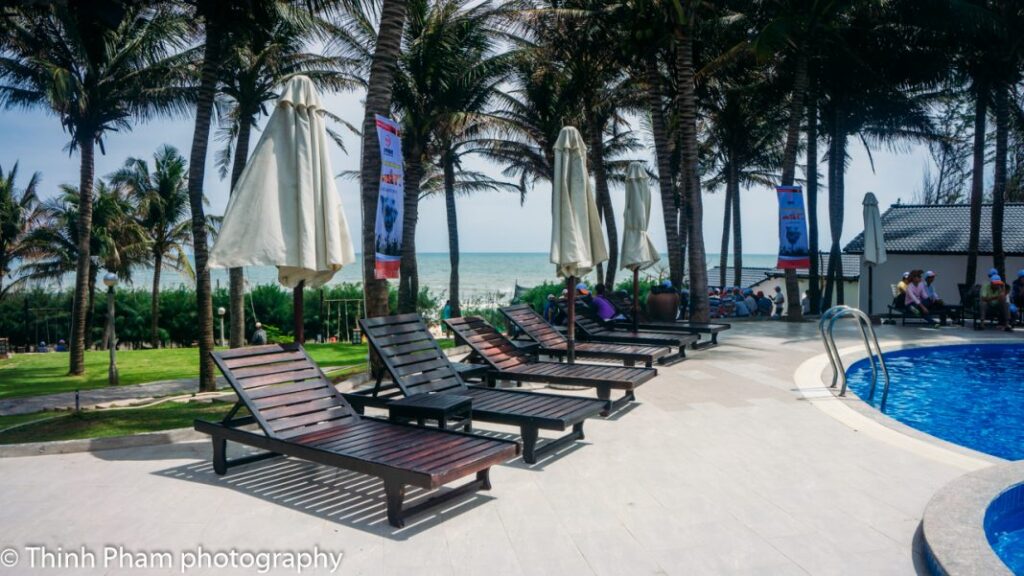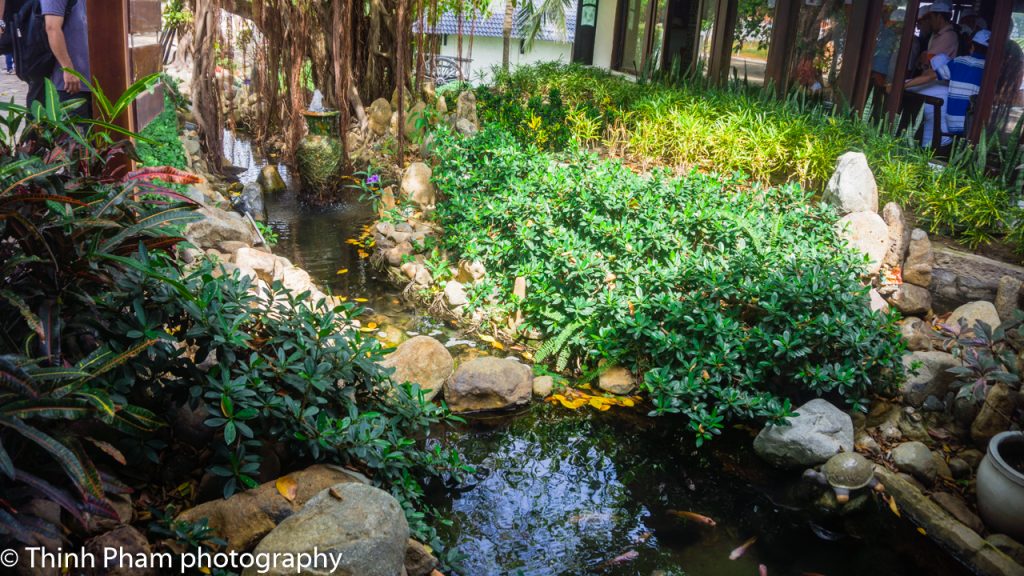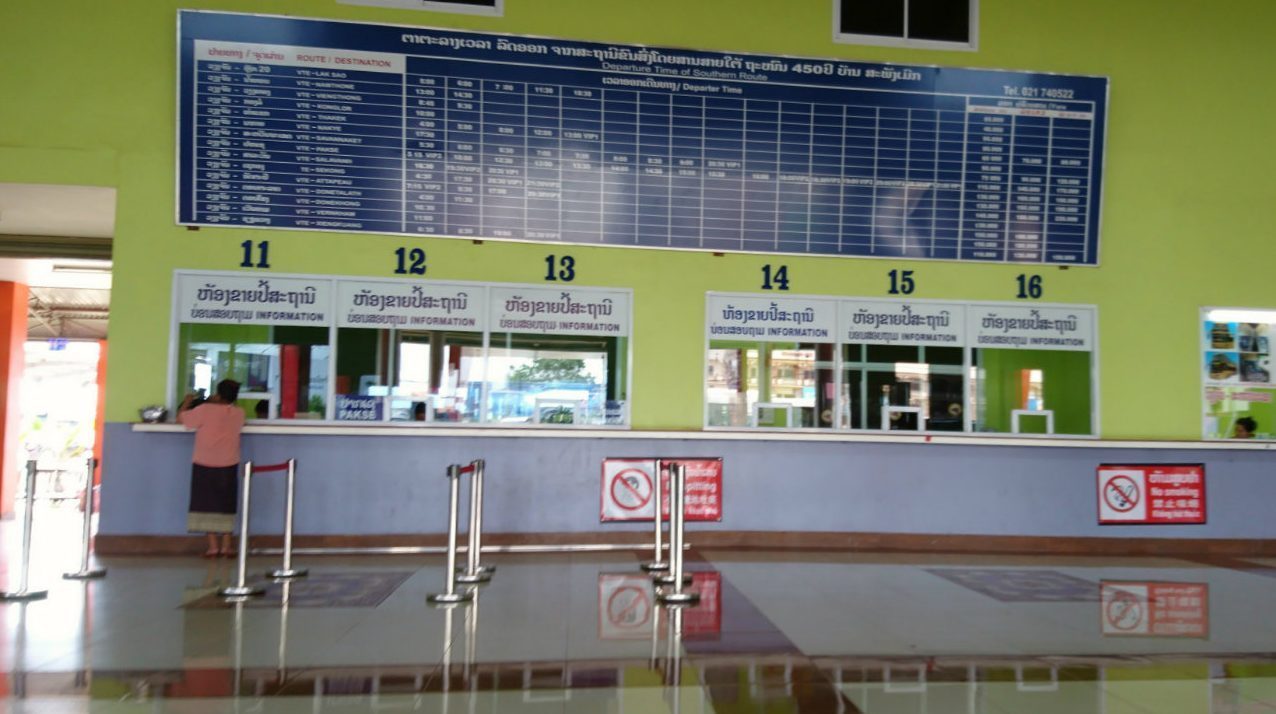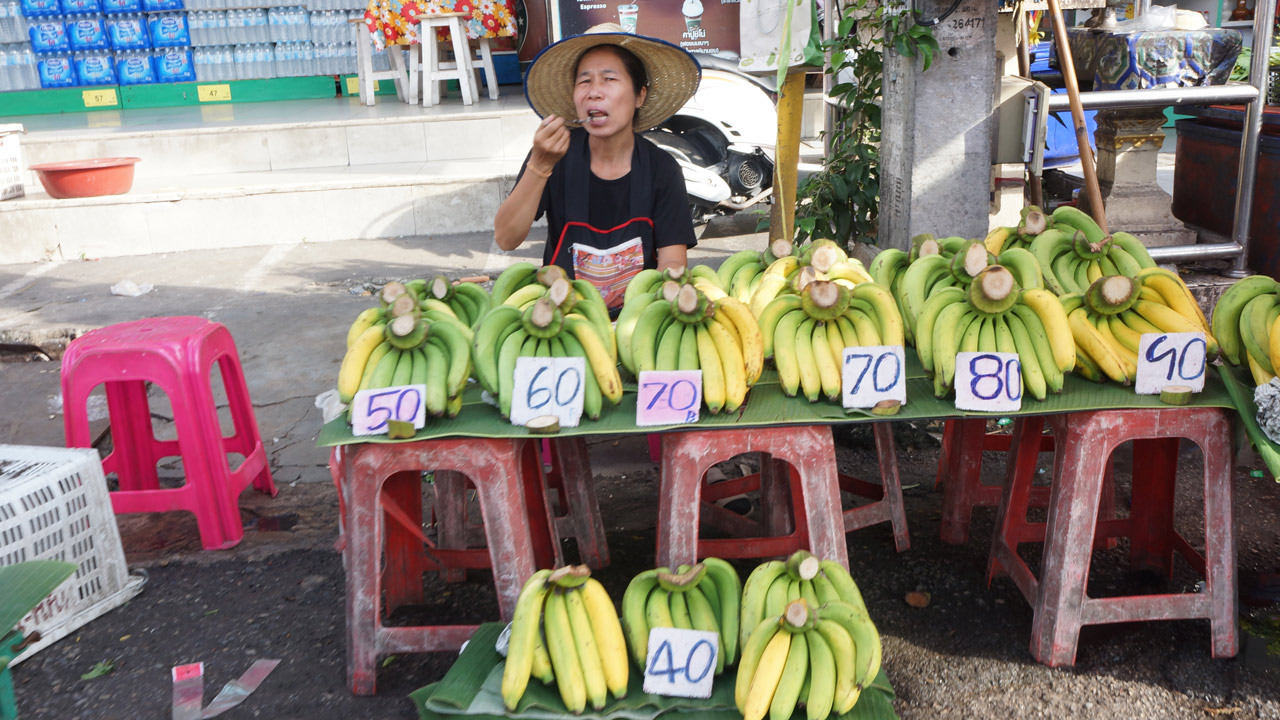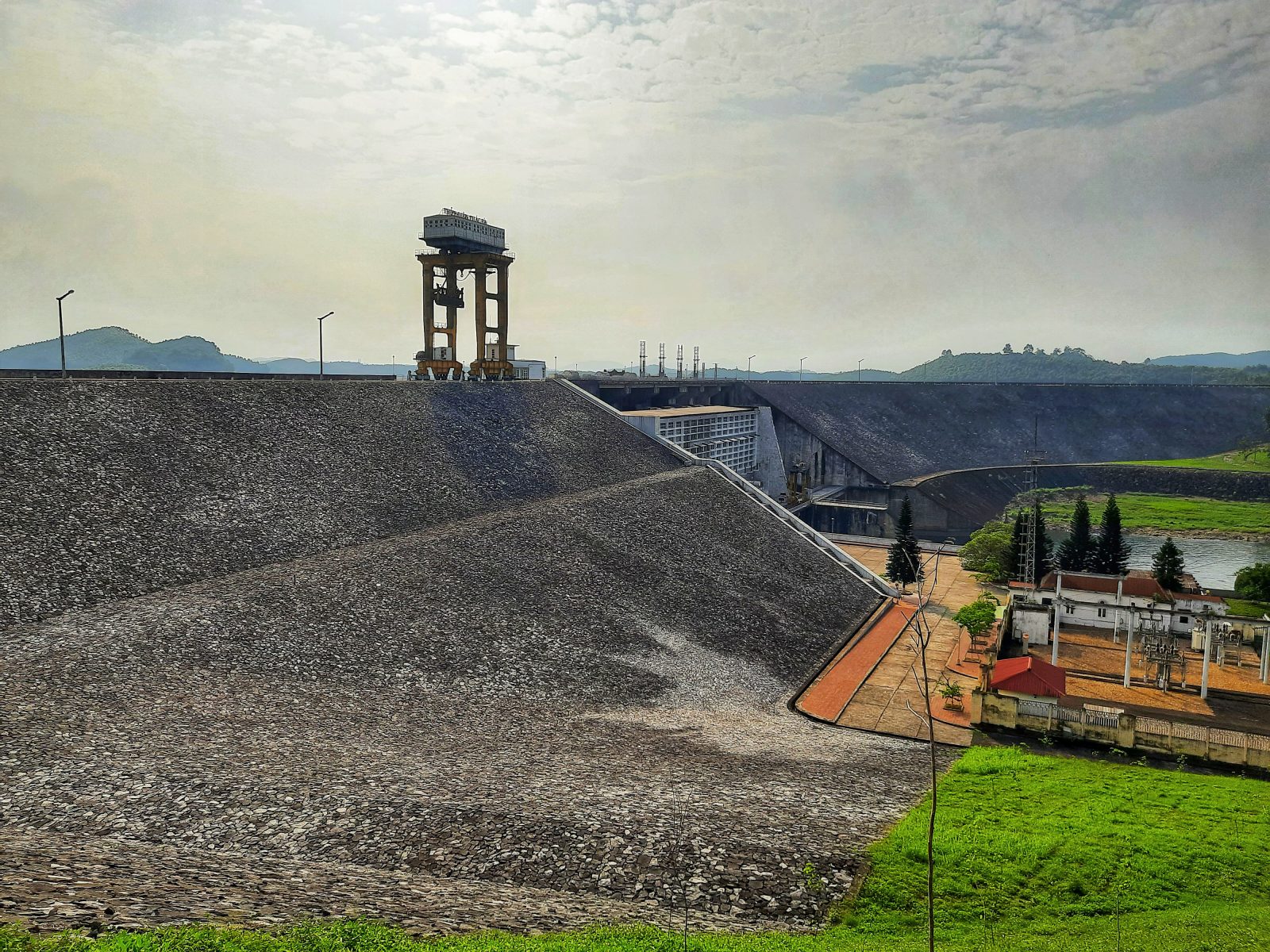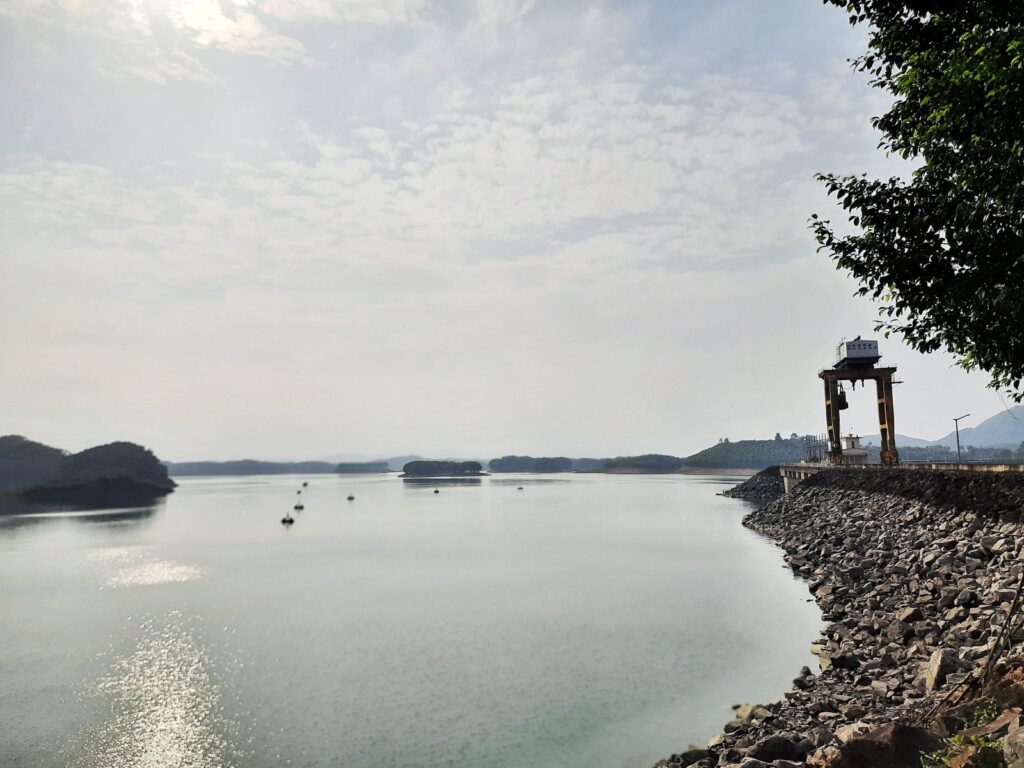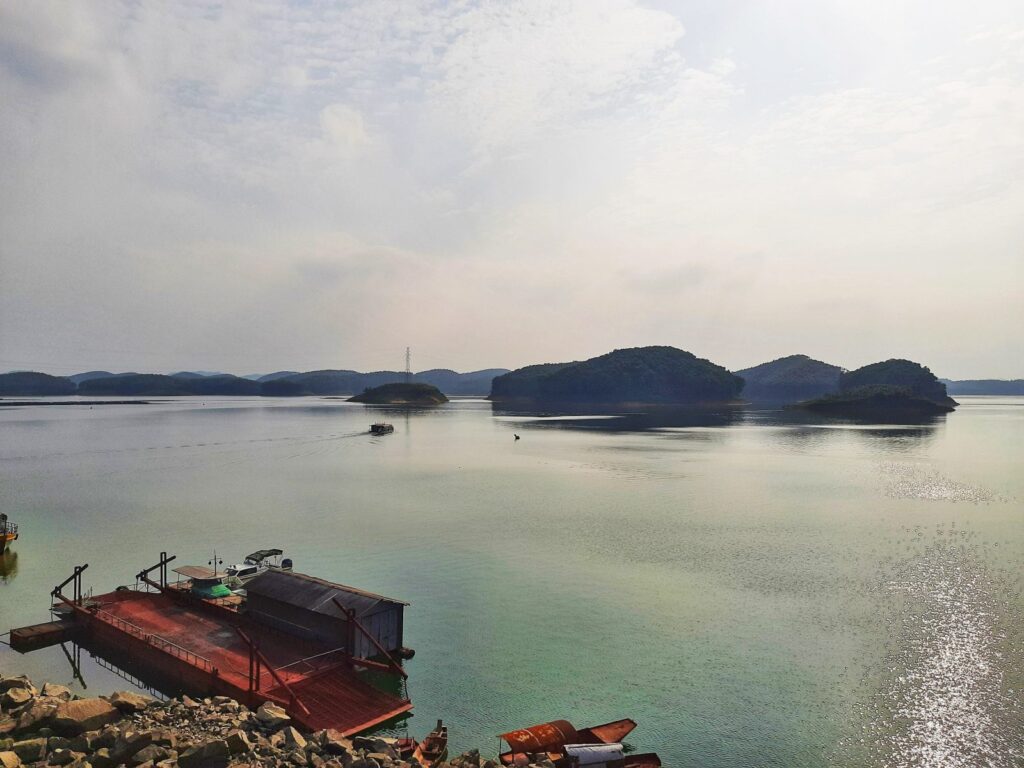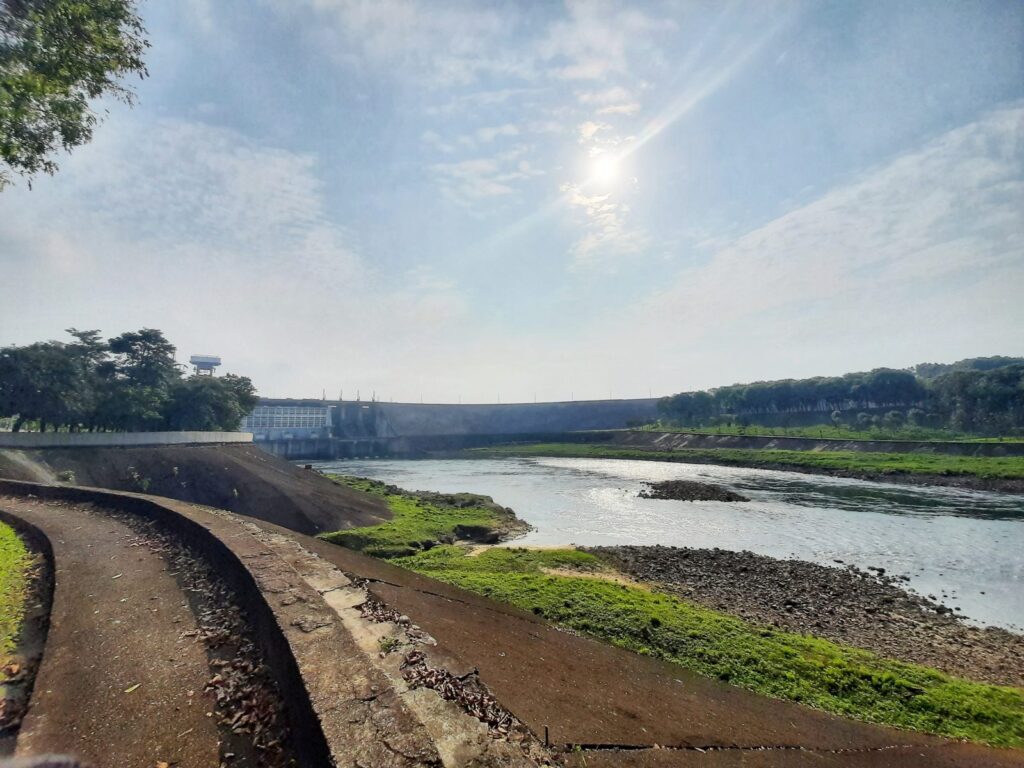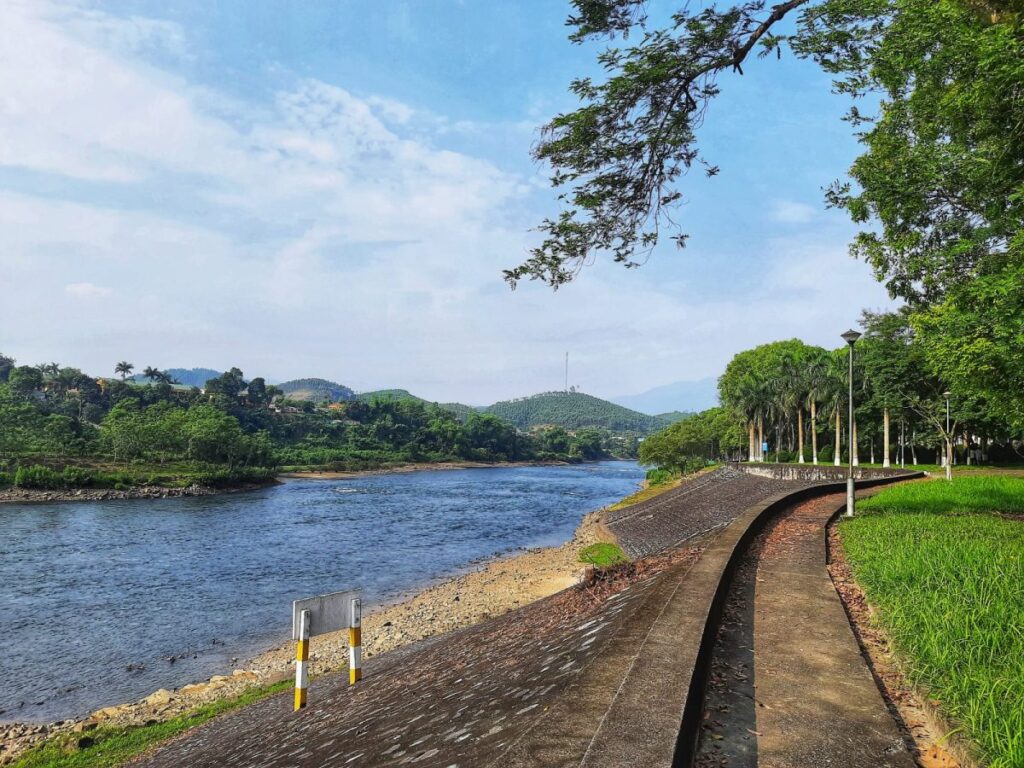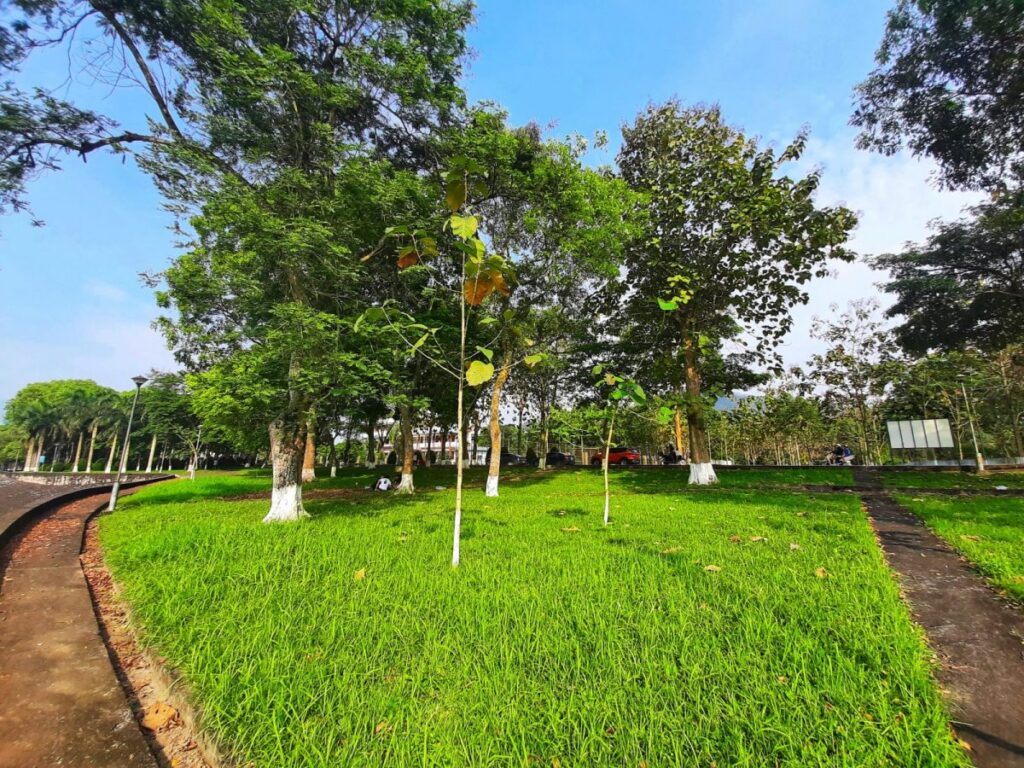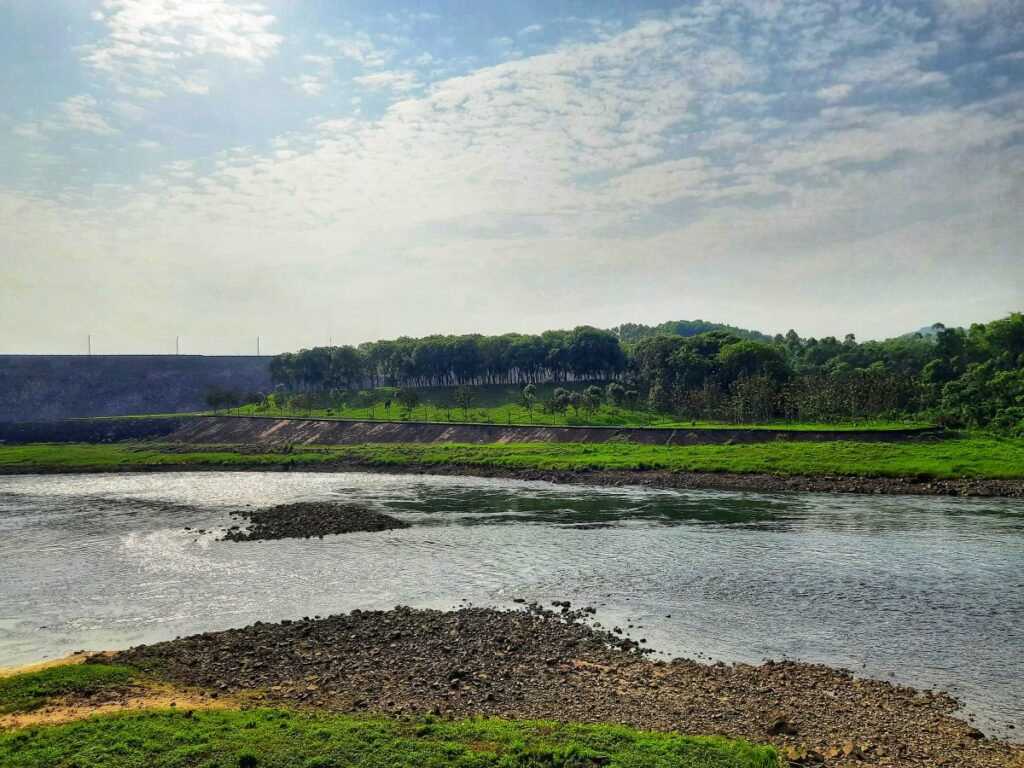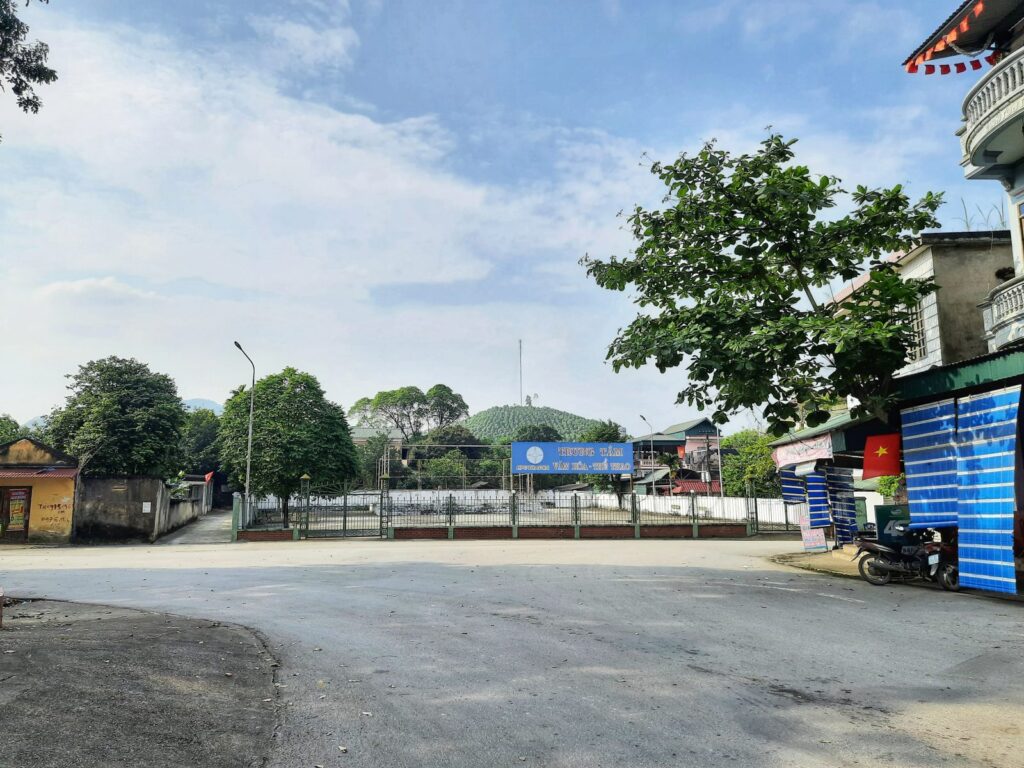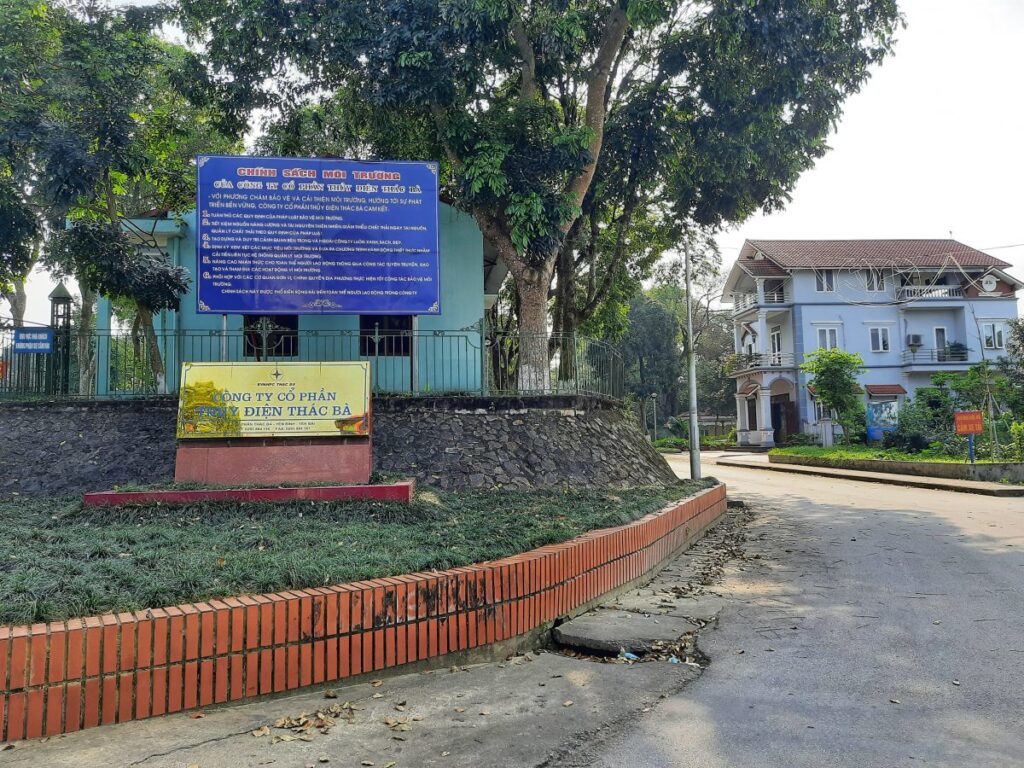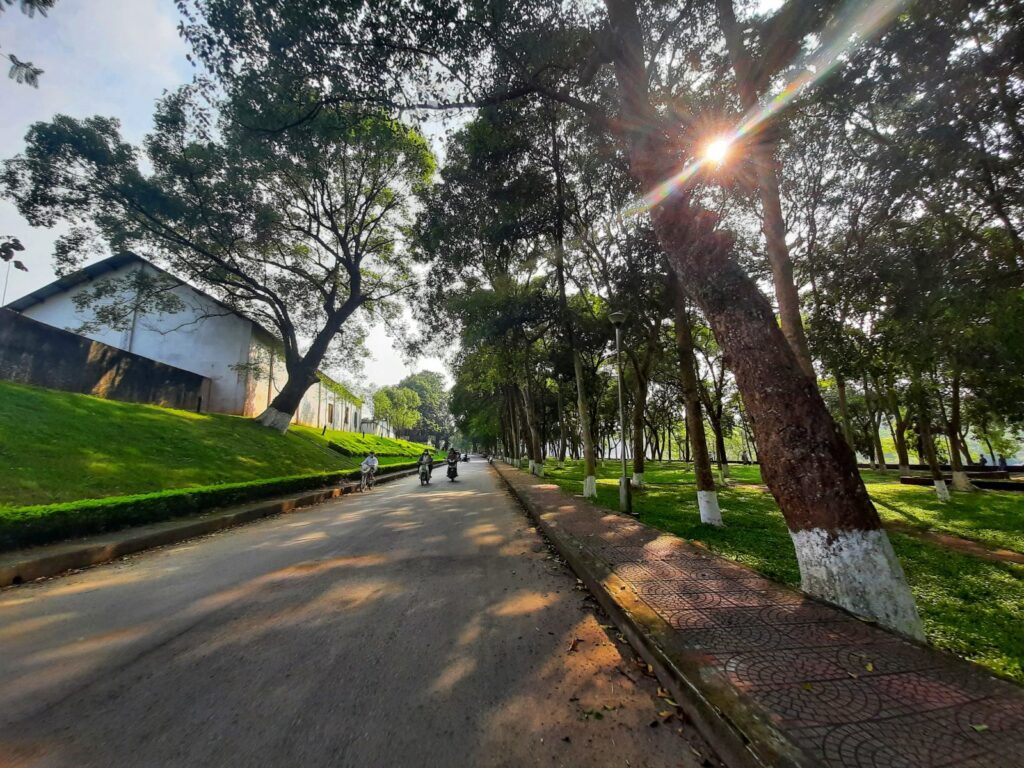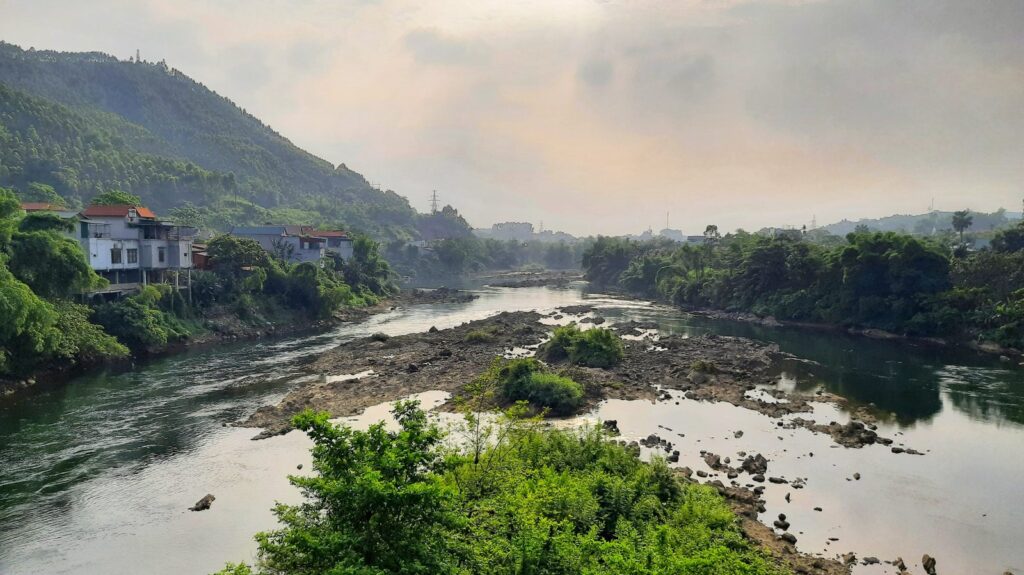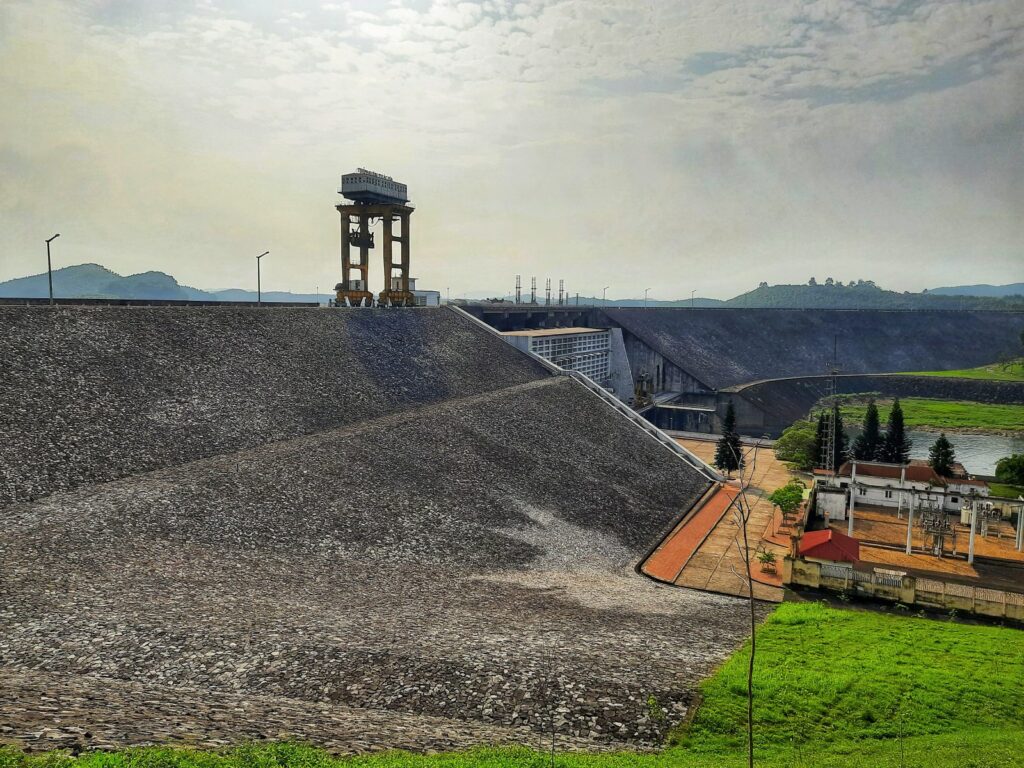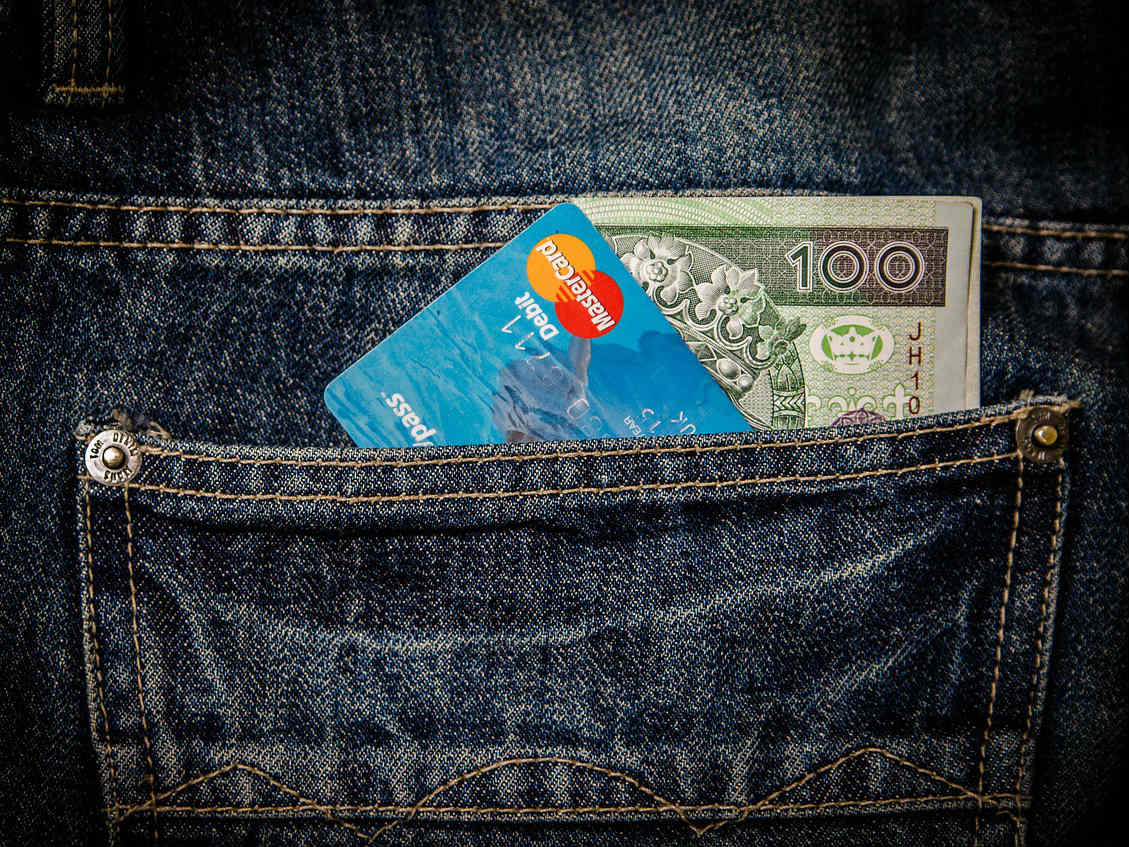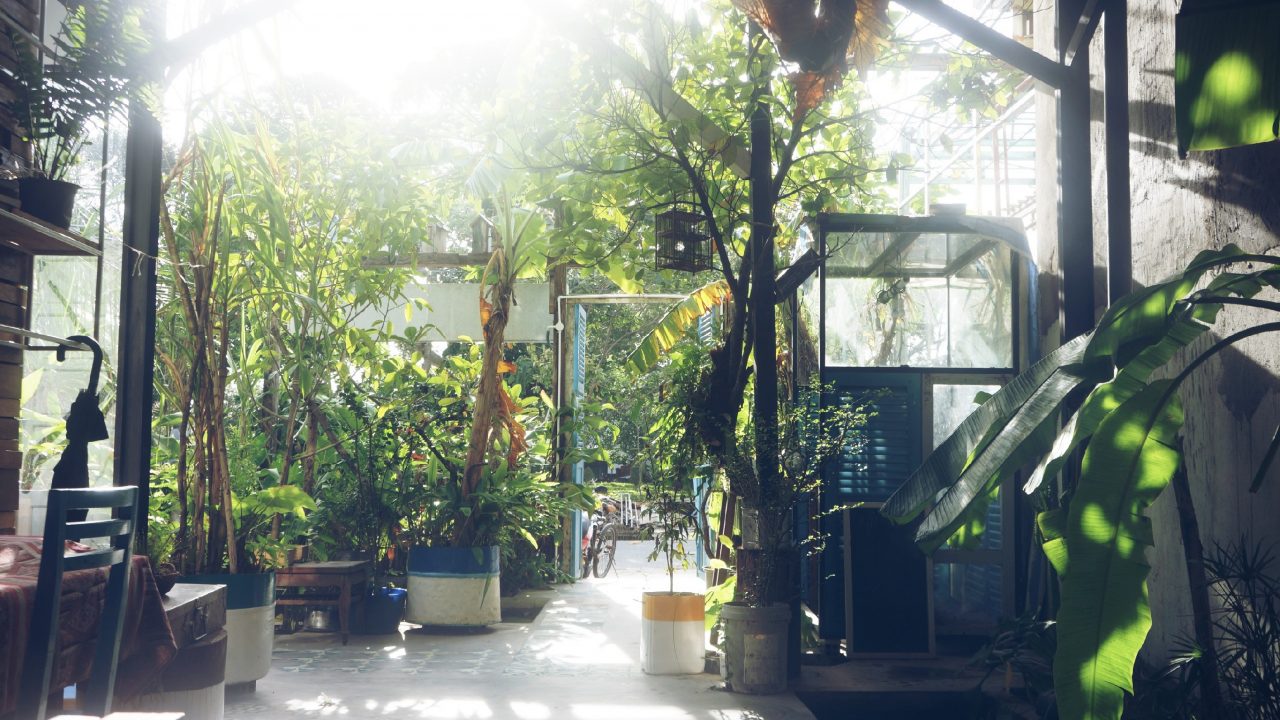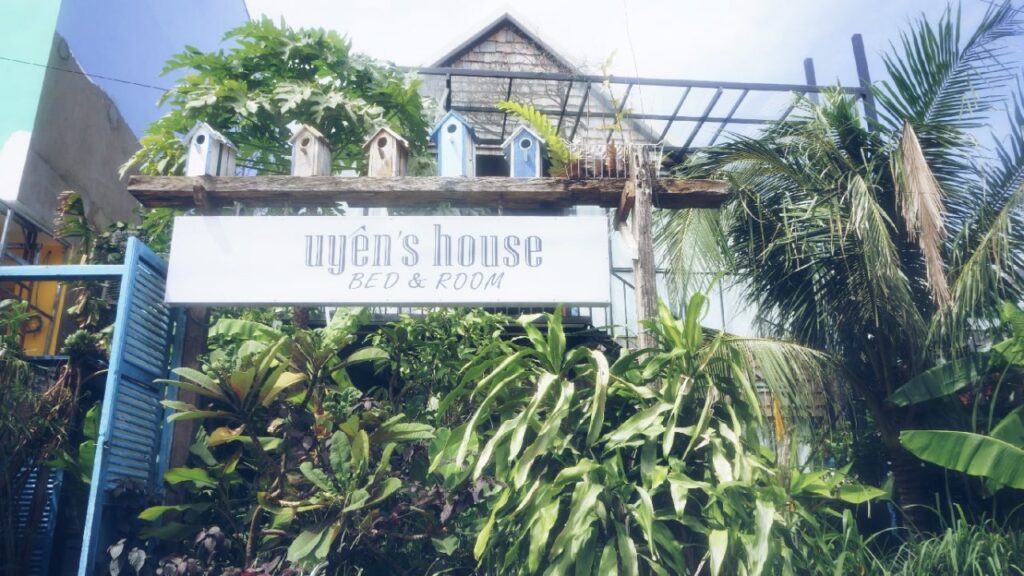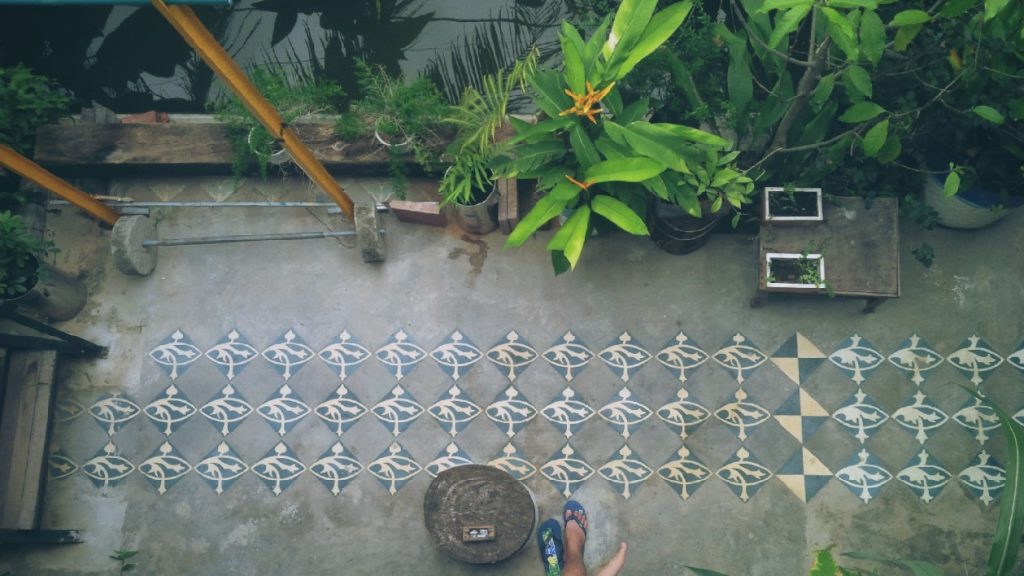Have you ever thought you will stop travelling?
In spite of starting with an inspring dream “travel the world”, but recently you’ve been likely to be fed up with journeys, you rush on a bus to a new destination but your mind is away, your heart is not full and your thought is confusing “why I don’t feel satisfied, what’s wrong with me”.
I was.
Well, truth to be told, sometimes I just wanted to settle down, 9-5 jobs, earn for living, read books and enjoy my weekends on some coffee. But then I was confused and my heart was eager to be put on road again. I was stuck in that situation.
It is a circle of emotion.
Finally I come up with some ideas, hopefully they help you refresh and enjoy a travel again and again, as it does for me!
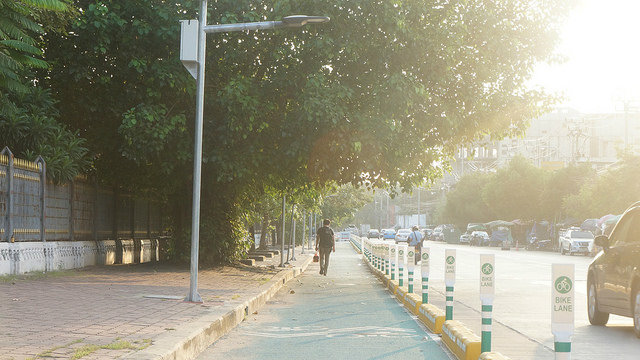
1. Travel slowly
One of the best mistakes I’ve ever made was to rush myself to check in as much as possible in very limited time and budget. I would just spend 1-2 days walking around a new city, then I hopped on a flight to the another, held a short visit and continue the hustle pace, as if I didn’t travel, I did work, tried to finish the KPI, and put an end to all my enthusiasm.
So this is how to fix it: Give your travel bug more time to bite you!
If you love a cathedral, extend 1-2 hours for it to enjoy every details, to have conversation, to get deeper knowledge, to feed your curiosity.
If you fall in love with a city, don’t be hustle, be gentle, take a walk with her as romantic as you can be. Make those moments everlasting as it should be, because, you know, you travel, not work!
Eventhough we are not interested in some destinations from time to time, just make sure that the reason you leave those places is not only do you have to transit to the other but also there’s nothing left for you to explore them!
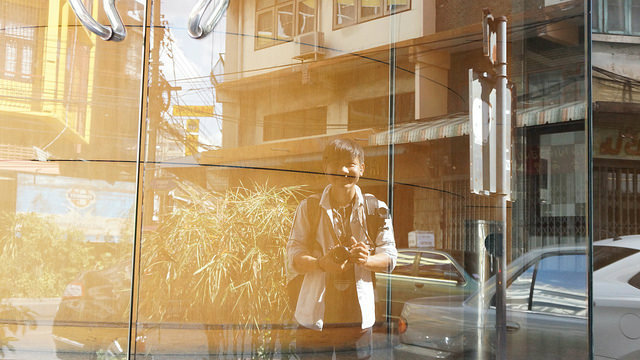
2. Diverse your style (adventure, foodtour, photography,…)
We have our own guts, styles and interests, we focus on what we do really love, but too much a travel style will bore you, no more no less.
Now and then, we should also get out of comfort zone, try new kinds of travel that we’ve never done before. It should somehow fulfill you.
I recollect my pieces of memories when I was first time hitting road, just a late teenager, on my beloved bike, we rode to the countryside, to a beach not too far from my city, via a mangrove. How green and fresh it was. And I harbored a dream to cycle around the world as a solo traveler.
Then my friend joined me and we traveled together for years, on bikes, to virtually every destinations in my countries, and the neighbor countries. More friends, more fun!
When ride was enough for me, I went for flights, for the first time, and kept doing for a year. Amazing experiences! I learnt about budget travel and how to get cheap flights. It expanded my horizons.
Then I made several road trips, alone, on my bike. It was astonishing to see things I’d never seen before, completely free (maybe solitude for sometimes). Meeting local, getting into unbeaten tracks, adventures… by chance.
And this year, I would keep up working to new experiences, new skills to acquire, new countries to explore.
It’s worthy! Why not!

3. Solo to social and vice versa
Okay okay, this is getting more serious.
Indeed, I hear that there is even a war among solo travelers and social ones. The solo take pride in their freedom and inner discovery while the other believe that there’s no satisfactory trip without partners. Well, we all have our own thought, but it’s ourselves that we know what we really love. No one knows but you, trust me!
In my case, I was initially a solo backpacker, but after a deep depression, I changed a little bit. I open my mind and my plans with the other and invite them to take part in my trips, giving it more colors and voices.
And when in hostels, instead of lazily sipping coffee planning myself where to kill time, I ask other travelers what their plan is, and if they do new thing that sounds interesting, I would ask to join.
However, occasionally I know I need some fresh air. Or maybe, just simply no one would join my plan but I’m dying to make it come true. So I travel alone again.
4. Read more, travel deeper
I love reading books, if you can’t afford travel, you can travel through books.
Actually, I’m convinced that, along with no-planning travel style which you either get lost interestingly or waste your time wandering around and find nothing, reading and planning give us more eagerness.
Some books should give you inspiration like legendary “The alchemist”, “On the road”, “Eat, pray, love”,… and of course, motivational posts from bloggers and travel megazines.
Some books should feed your curiousity with detail information, pictures and facts such as Lonely Planet, or online resource as Wikitravel. I was surprised when I read about my incoming countries: the culture, the food, the meanings in every social gesture, where should be the best destinations to spot sunrise and sunset,…
One advice that most travelers will give you: Whenever you travel, bring along at least a book! Not only does kill time effectively, knowledge enrichs your experience in upcoming destinations.
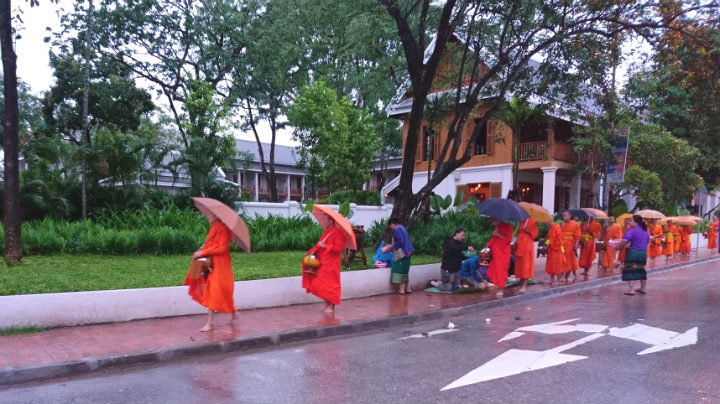
5. Helping people
When you help people, you help yourself more, you have motivation in the work you’re on. Because you know you’re of use to everyone, which makes your life meaningful as well as your travelling.
I establish Darejourney as a travel blog to note down interesting stories in my travel lifestyle, so that years later, looking back and I’m proud of what I’ve done, that I won’t forget people, lands, experiences, everythings I’ve been to.
But soon when I shared my stuff, people knocked my inbox and asked for advices. I found out how useful I could be, that my doings might help people to fulfill their dreams, that I was doing right things: sharing! That’s still my best purposes to keep up on the blog with happiness everyday.
Someones choose to combine charity activities and trips. It’s also a good start. You’re not only to enjoy the trip but also you help the miserable less miserable. You give them hope and it fuels your soul.
It’s great to do good thing every days, along with travelling!
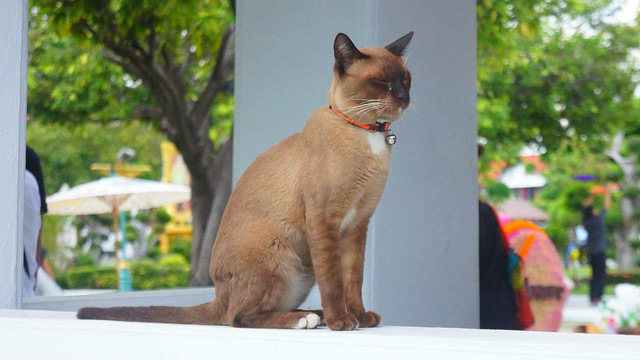
6. Stop travelling, for a while
Last but not least, my suggestion is to settle down. It sounds destructive but it works, at least for some ones I know.
The stop needn’t to be long, maybe months so that you feel loving roads again, the smell of dusty backpack lures you to put on and the travel bug, well, transforms fully into a beautiful butterfly. And fly !
It comes naturally.
Instead of struggling with the confusion, just go with the flow, your heart always knows what you love, and if travel is your call, then it will ring the bell, no worry!
